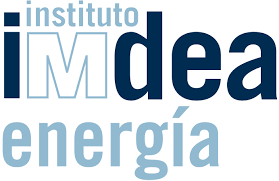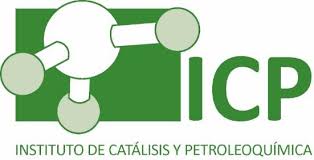Funding: Regional Government of Madrid
Partners: IMDEA Energy Institute (Coordinador), Materials Science Institute of Madrid (CSIC), IMDEA Nanoscience Institute, IMDEA Materials Institute, Autonomous University of Madrid and Institute of Catalysis and Petrochemicals (CSIC)
Region: Madrid
Project period: 2019 – 2022
Principal Investigator: Dr. Juan José Vilatela (juanjose.vilatela@imdea.org)
One of most important and elusive challenges that Science faces today is the development of technologies capable of alleviating the effect of greenhouse gases as main actors of global warming. To face this challenge, it is vital to develop a new generation of efficient technologies and materials based on sustainable energy sources that allow not only to decrease these emissions, but also to reduce their concentration in the atmosphere by means of their valorization. One of the most promising strategies in this respect is the socalled artificial photosynthesis, which leads to the valorization of abundant feedstocks (CO2, H2, N2 and biomass) to obtain fuels and chemicals. However, this is a complex process that involves the consecutive coupling of several optical, chargetransfer and catalytic processes, which happen at different timescales. In order for this coupling to be effective, the development of complex systems able to simultaneously and efficiently managing photons and electrons is required. The main goal of the FotoArtCM program is to develop new generation of multifunctional materials and devices that make an efficient use of renewable energy, mainly solar, to obtain fuels and chemical through artificial photosynthesis. For that purpose, FotoArtCM proposes different strategies to alleviate the current technological limitations like availability and stability of the developed materials, the efficiency of reactor and processes and the energy return on investment (EROI), which would
guarantee a technologically and economically viable scaleup. Precisely, the activities of FotoArtCM are focused on the following partial objectives:
- Design of model nanocatalysts via a unique combination of experimental and theoretical tools.
- Development of multifunctional catalysts that allow to carry out efficiently and selectively the oxidation-reduction reactions implied in the artificial photosynthesis processes (photo and photoelectrocatalytic).
- Multifunctional nanocarbonbased fibres, where research will focus in the development of flexible photoelectrodes combining different hybrid fibres of CNT and physicochemical functionalization processes.
- Study of structureactivity relationships by combining advanced theoretical and characterization tools.
- Prospective technoeconomical and sustainability analysis.
The FotoArtCM consortium is composed of 6 research groups with a vast scientific experience in the fields of materials science, nanotechnology and their application to processes of interest for the chemical, environmental and energy industries, together with 4 laboratories from the REDLAB network of Comunidad de Madrid, 18 entities comprising large companies, SMEs and business groups of different scopes, as well as two city councils (Madrid and Móstoles), 3 synchrotron light sources, a neutron source and the largest solar infrastructure in Europe (Plataforma Solar de Almería).
The scientific tasks leading to the attainment of the abovementioned goals are accompanied by an exhaustive plan of activities that encompass: the management of the whole program in its different branches; the management and transfer of results: the dissemination of those results to different audiences like scientists, business actors and general public; the training of earlystage researchers; and the mobility inside the consortium as well as to and from external centres.
Partners






Funded by



